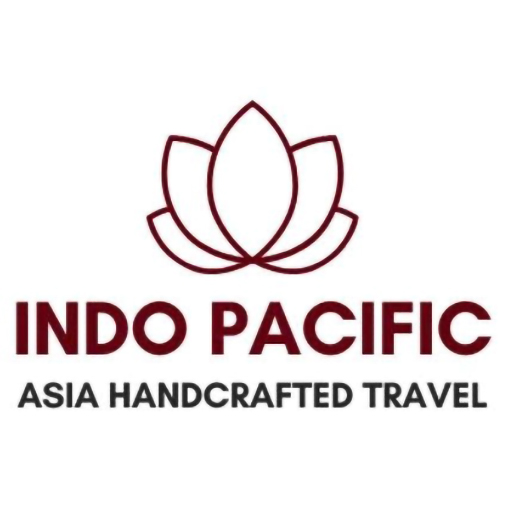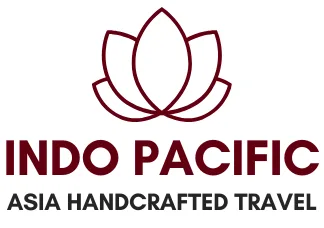article content
Egg Coffee in Vietnam: A Must-Try Delight for Coffee Lovers
If you’re looking to discover one of Vietnam’s most unique and unforgettable flavors, egg coffee should be at the top of your list. This rich and creamy beverage, made from egg yolks, sugar, condensed milk, and robust Vietnamese coffee, is a true local invention that has captured the hearts (and taste buds) of visitors from around the world.
1. The Story Behind Vietnamese Egg Coffee
Vietnam has long been recognized for its vibrant coffee culture. In fact, The Travel, a Canadian travel magazine, ranked Vietnam among the top 10 countries with the most distinctive coffee traditions. Here, coffee isn’t just a morning ritual—it’s a way of life, enjoyed at any time of the day.
Egg coffee, or “cà phê trứng”, originated in the 1940s in Hanoi. During the French colonial period, milk was scarce, especially in wartime. Nguyễn Văn Giảng, a bartender working at the prestigious Sofitel Legend Metropole Hotel, found an innovative solution: replace milk with whipped egg yolks. The result was a velvety, sweet, and aromatic beverage that quickly gained popularity. In 1946, he opened Café Giang, which remains a beloved destination for coffee lovers to this day.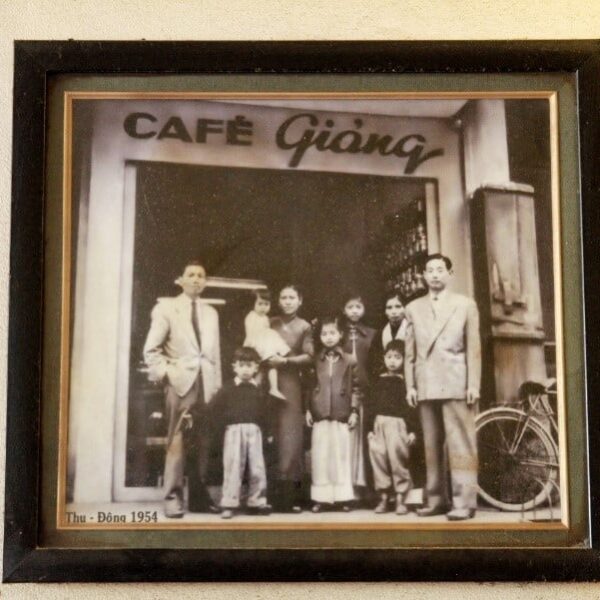
2. What Makes Egg Coffee So Special?
2.1. Ingredients
Authentic Vietnamese egg coffee combines robusta coffee—known for its bold and slightly bitter flavor—with egg yolks, sugar, and condensed milk. Some recipes also incorporate butter or cheese to enhance the richness.
At Café Giang, the original birthplace of egg coffee, a closely guarded family recipe helps neutralize any eggy aroma, resulting in a smooth, dessert-like drink that surprises many first-time tasters with its perfectly balanced flavor.
Other cafés around Hanoi and Vietnam have developed their own takes on the drink, but the essence remains the same: a luxurious blend of sweetness, bitterness, and creamy texture.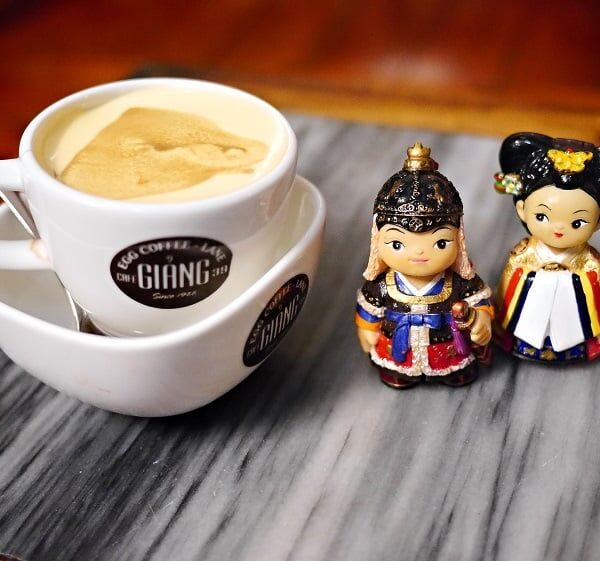
2.2. How It’s Made & Served
Making egg coffee is an art. First, the egg yolks are whipped vigorously with sugar and condensed milk until light and frothy. Freshly brewed coffee is then poured into the cup, usually robusta-based for that signature Vietnamese kick. The egg mixture is gently spooned on top, forming a thick, golden foam that sits above the dark coffee like a delicate layer of mousse.
Egg coffee can be enjoyed hot, served in a cup placed inside a bowl of warm water to keep it at the perfect temperature, or cold, poured over ice for a refreshing twist.
Both versions offer a unique taste experience: the hot version is comforting and indulgent, while the cold version is bold and energizing.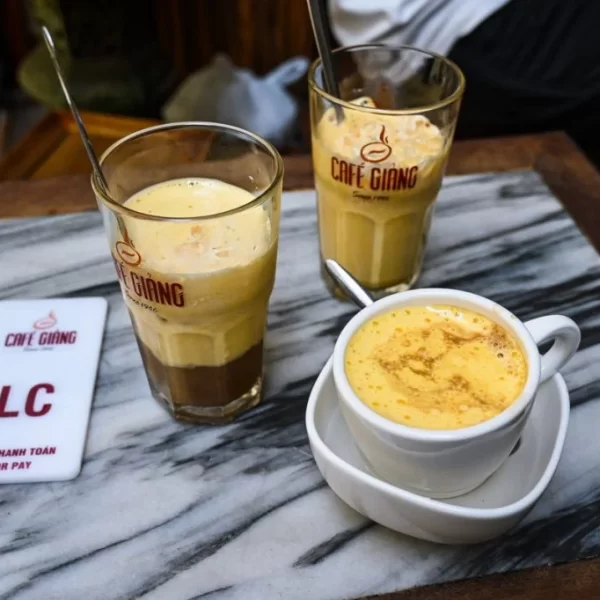
3. Where to Try the Best Egg Coffee in Vietnam
While you can now find egg coffee in many cities throughout Vietnam—from Hanoi to Ho Chi Minh City—it’s best experienced in the capital, where the drink was born.
Must-visit cafes for egg coffee in Hanoi:
Café Giang – The original and most iconic.
Đinh Café – Famous for its old-world charm and lake view.
Loading T Café – Known for its cozy ambiance and excellent egg coffee.
Note Coffee – A fun, Instagram-worthy spot with sweet messages plastered on every wall—and a delicious version of egg coffee.
Final Thoughts
Vietnamese egg coffee is more than just a drink—it’s a cultural icon. Blending creativity, tradition, and local flavors, it offers a taste of Vietnam’s resilience and ingenuity. Whether you’re a die-hard coffee aficionado or simply curious about new flavors, this creamy concoction is a must-try when visiting Hanoi.
☕ Tip: Try pairing it with a slice of Vietnamese sponge cake or enjoy it after a stroll around Hoan Kiem Lake for the full local experience.
